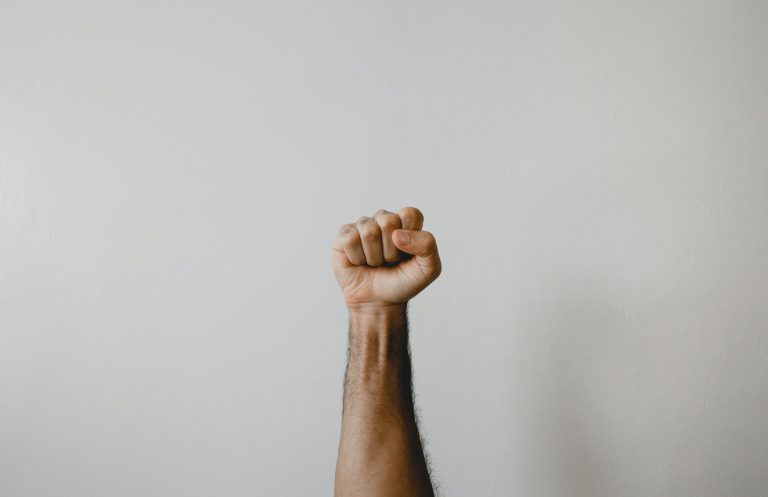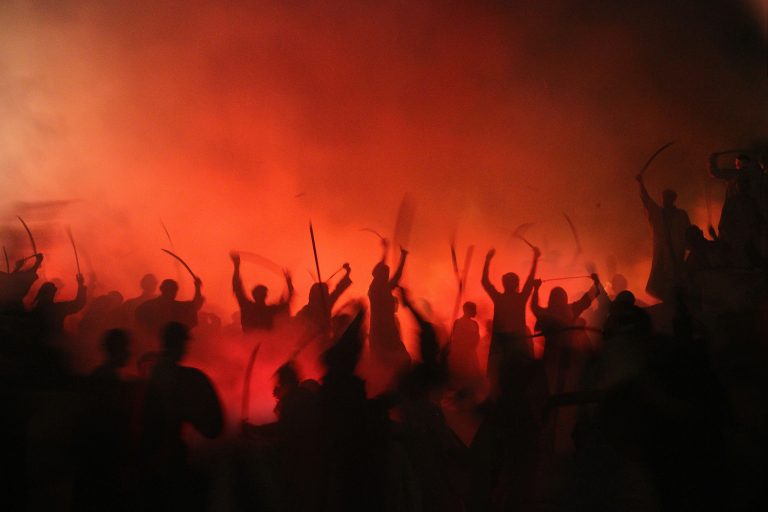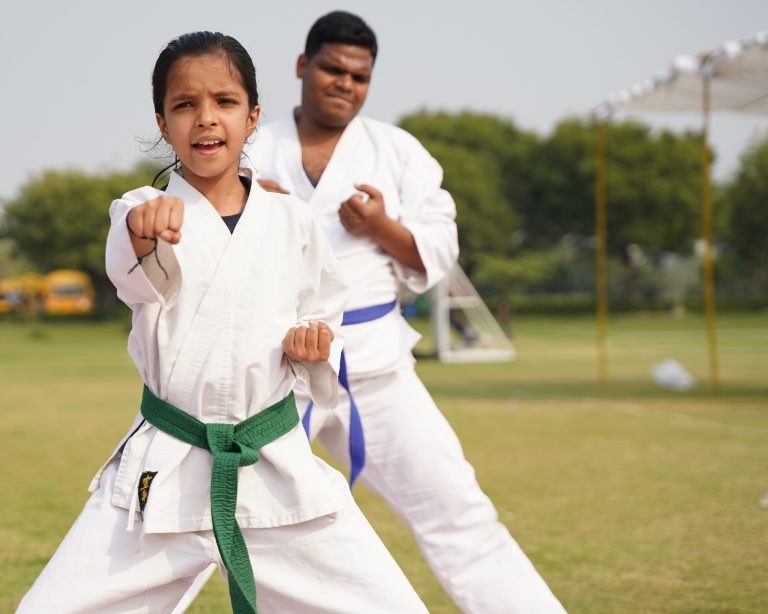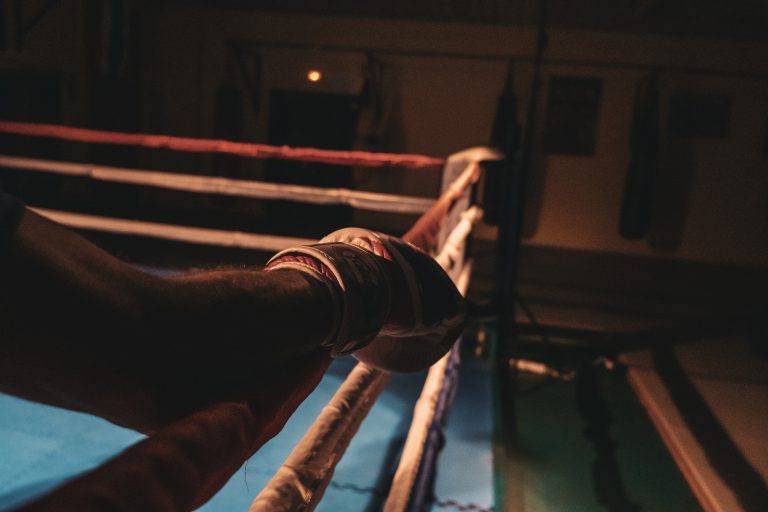Karate: What are the Differences between Okinawan Styles and Japan Styles?
Karate, a martial art that originated in Okinawa, Japan, is practiced by millions around the world. It has many styles, and most practitioners may only be familiar with one or two. Two of the most popular karate styles – Okinawan and Japanese – have some decisive differences between them. In this blog post, we will have a look at these variations and explore the roots and history of each.
What is Okinawan Karate?
Okinawan karate is an intensely physical, combative martial art that developed on the islands of Okinawa, Japan. It stems from the island’s indigenous martial arts, known as Te or Okinawan Hand-to-Hand combat. It is characterized by a combination of body movements that include circular blocks, punches, joint locks, takedowns, sweeps, and throws. Practitioners of Okinawan karate learn to control their bodies through exercises called kata that incorporate techniques from both defence and attack.
What is Japanese Karate?
Japanese karate is a traditional form of martial arts developed in Japan by Fujian White Crane kung fu practitioner Gichin Funakoshi. It is considered more of a spiritual art rather than a combative skill. It is characterized by perfecting techniques like techniques for striking and blocking, using power from both the arms and legs combined with deep meditation and correct posture. Japanese Karate also incorporates a variety of striking techniques such as elbow strikes, knee strikes and kicks, along with throws, joint locks, and sweeps.
The Differences Between Okinawan and Japanese Karate
Karate has many different branches and styles, so it can be difficult to determine the specific differences between some of them. However, there are some defining characteristics which are helpful when trying to distinguish Okinawan karate from Japanese karate. Let’s explore some of these differences below:
Technique
- Okinawan Karate: Okinawan karate has a focus on self-defence, focusing on teaching practitioners how to use minimal effort to block, punch and kick. It also includes body movements that involve circular blocks and joint locks.
- Japanese Karate: Japanese karate is characterized by perfecting techniques like striking and blocking and often involves meditation and correct posture to give practitioners mental calmness and control over their actions during practice.
History
- Okinawan Karate: Okinawan karate originated from the island’s indigenous martial arts, called ‘Te’ which translates to ‘Hand to Hand’ combat. It has been passed down through generations and has been continually evolving since then.
- Japanese Karate: Japanese Karate was developed by Gichin Funakoshi in the beginning of the 20th century and evolved from his practice in the Fujian White Crane kung fu tradition.
Practice and Application
- Okinawan Karate: Okinawan karate is a very physical martial art that is mostly practiced with a partner or opponent. It is taught as a self-defence system designed to protect yourself in dangerous situation when facing an attack.
- Japanese Karate: Japanese karate is a traditional form of martial arts that it often practiced solo or in small groups, focusing on perfecting techniques. It is seen as much more than just a method of self-defence but also as a way to gain mental clarity and develop physical power.
Conclusion
Karate is one of the most popular martial arts in the world today and there are many different branches of it with different origins, practices and applications. Between the two main styles – Okinawan and Japanese – there are some defining differences that make them unique from each other. Most notably, Okinawan karate focuses more on self-defence while Japanese karate is mainly used for perfecting techniques and mental clarity. Whichever style you choose to learn, both can be a beneficial form of exercise to improve your physical strength, agility and mental wellbeing.
What is Okinawan Karate?
Okinawan Karate is a martial art that originated from the island of Okinawa in Japan. It is also known as Ryukyu Karate and was developed by the people of the Ryukyu Islands. The art consists of various techniques that involve punches, kicks, strikes, and throws. Okinawan Karate is renowned for its power, speed, and efficiency in combat.
What are the origins of Okinawan Karate?
Okinawan Karate has its roots in China’s martial arts. Many of the techniques are believed to have originated from Fujian Province, China. However, the art underwent significant changes when it reached Okinawa due to cultural and political influences.
One significant figure in the history of Okinawan Karate is Funakoshi Gichin, who is considered the father of modern-day Karate. Funakoshi was a student of Okinawan Karate and is credited with spreading the art beyond Okinawa into mainland Japan and eventually worldwide.
What are the different types of Okinawan Karate?
There are various styles of Okinawan Karate, each with its unique characteristics. Some of the popular styles include:
1. Shotokan Karate:
This is one of the most popular Okinawan Karate styles and is known for its powerful strikes and fluid movements. Shotokan Karate utilizes long stances, emphasizing the importance of the hips and legs to generate power in strikes.
2. Goju-Ryu Karate:
Goju-Ryu Karate is based on the concept of hard and soft. The art is known for its emphasis on conditioning and physical strength. It is also known for its quick, powerful strikes and grappling techniques.
3. Shito-Ryu Karate:
Shito-Ryu Karate is a blend of different martial arts, including Okinawan Karate, Judo, and Kendo. The style emphasizes the importance of proper form and technique, with an emphasis on powerful strikes and kicks.
What are the benefits of Okinawan Karate?
Okinawan Karate offers multiple benefits to its practitioners. Some of the significant benefits include:
1. Improves Physical Health:
Okinawan Karate is a great way to improve physical health. The art involves various drills and techniques that help improve cardiovascular endurance, flexibility, strength, and overall fitness.
2. Enhances Mental Agility:
Okinawan Karate requires a lot of focus, discipline, and mental alertness. Practitioners learn to quiet their minds and focus on the task at hand. Regular practice of Okinawan Karate can help enhance mental agility, making it easier to focus and concentrate.
3. Develops Self-Defense Skills:
One main purpose of Okinawan Karate is to equip practitioners with the skills needed to protect themselves in real-life situations. The art teaches various techniques that can be used to defend oneself from attackers.
What is the grading system in Okinawan Karate?
Okinawan Karate uses a grading system to indicate a practitioner’s progress and level of expertise. Practitioners start at the beginner level and work their way up through various belts, representing different levels of proficiency.
The grading system typically involves a series of tests and demonstrations, which assess the practitioner’s skills in various techniques, forms, and sparring. The higher the belt, the more complex the techniques and requirements become.
Conclusion
Okinawan Karate is a fascinating martial art that offers both physical and mental benefits to its practitioners. With its roots in Chinese martial arts and its unique characteristics, Okinawan Karate is a highly respected and admired martial art worldwide. By focusing on proper technique, mental agility, and physical strength, practitioners of Okinawan Karate can achieve significant improvements in their overall well-being.
Inhaltsverzeichnis





